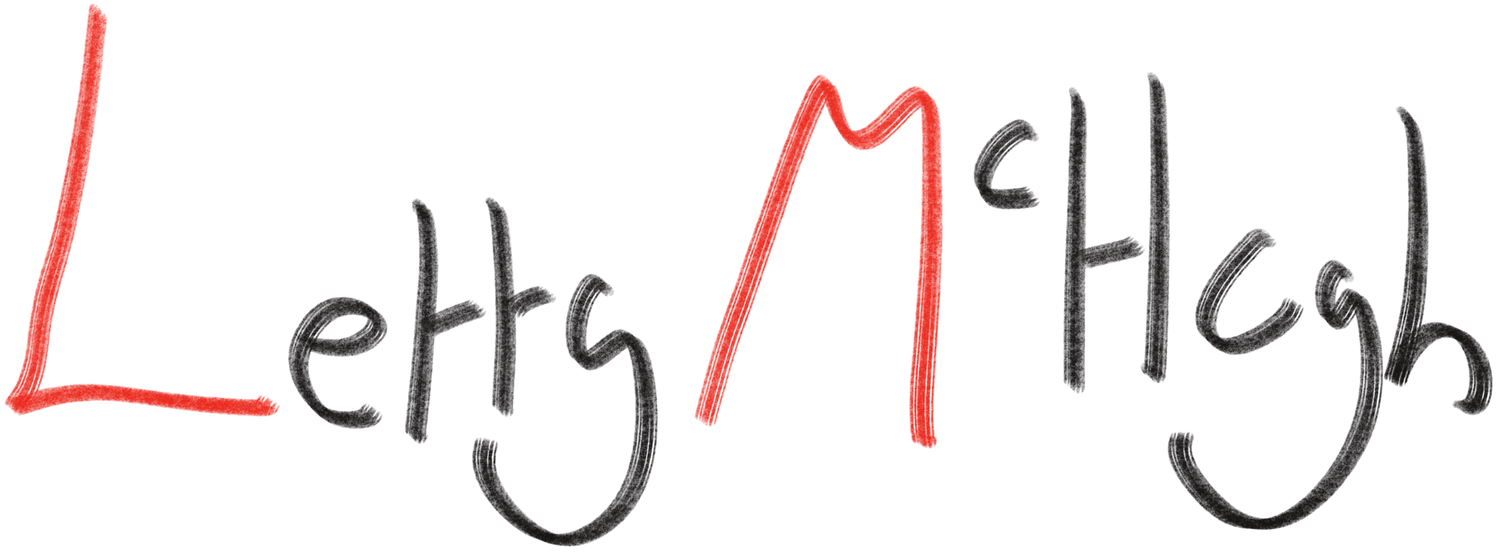
This is Your Inheritance
This is Your Inheritance was a long-running interactive project created to commemorate and celebrate the domestic textile skills of women which are routinely ignored and undervalued by society. The project involved over 130 women and culminated in an installation of ten banners and a companion book.
“I can’t remember learning to sew, I only remember sewing. The earliest thing I can remember making is a simple pencil case when I was five. I already knew how to cut and sew a buttonhole and sew on a button by myself. My Great Grandma Billy gave me a small electric sewing machine when I was 7, I used it to make Barbie clothes.
She died when I was 16, and eventually her magnificent treadle sewing machine came to me. The story my Grandma Billy told me goes like this, she was bought the machine as a gift by her mother after her husband injured his hands in an industrial accident. The search for work meant the family had to move, but Grandma Billy’s Mother, a seamstress by trade bought the Singer knowing her daughter could use the machine to clothe her family and supplement her income if she needed to. The Singer was the machine that my Grandmother and then my Mother learnt to sew on, and its story was the inspiration for This is Your Inheritance.



The point of the project was to investigate whether the textile traditions in my family were unique, I gathered information from over 130 women and was inundated with amazing stories. The woman still making dresses for her Granddaughters on the hand winding sewing machine she was given at 12, someone else’s memories of her mother making wedding dresses on the side and the white sheets the entire house was covered with whenever she had a job.
A clear picture emerged from the information I gathered of the crucial role women’s textile skills played in keeping families going. The research taught me that especially for working class women, when women pass on textile skills to their daughters, they are passing on vital survival skills.

At the same time, I was doing a lot of reading on the lives of medieval women, and how their textile skills could be used to accrue the power, authority and influence that many people assume was impossible at the time. Again, I was seeing clear evidence of textile skills as survival skills, and not the twee hobbies they are so often wrongly dismissed as.
The project celebrated and commemorated women’s textile skills on a scale usually reserved for the achievements of men. I made a series of hanging banners with a combined length of 70 metres, the same length as the most famous surviving textile object from the medieval world, the Bayeux Tapestry.
The banners were printed with black and white images of handmade textile objects borrowed from project participants. The idea behind the prints was to transform them enough that viewers could see beyond the assumptions they had about these objects and view them in new ways, but to keep them easily recognisable so they retained their original emotional associations. A companion book for the project contained images and a series of short essays, documenting the textile stories from my own family history.
